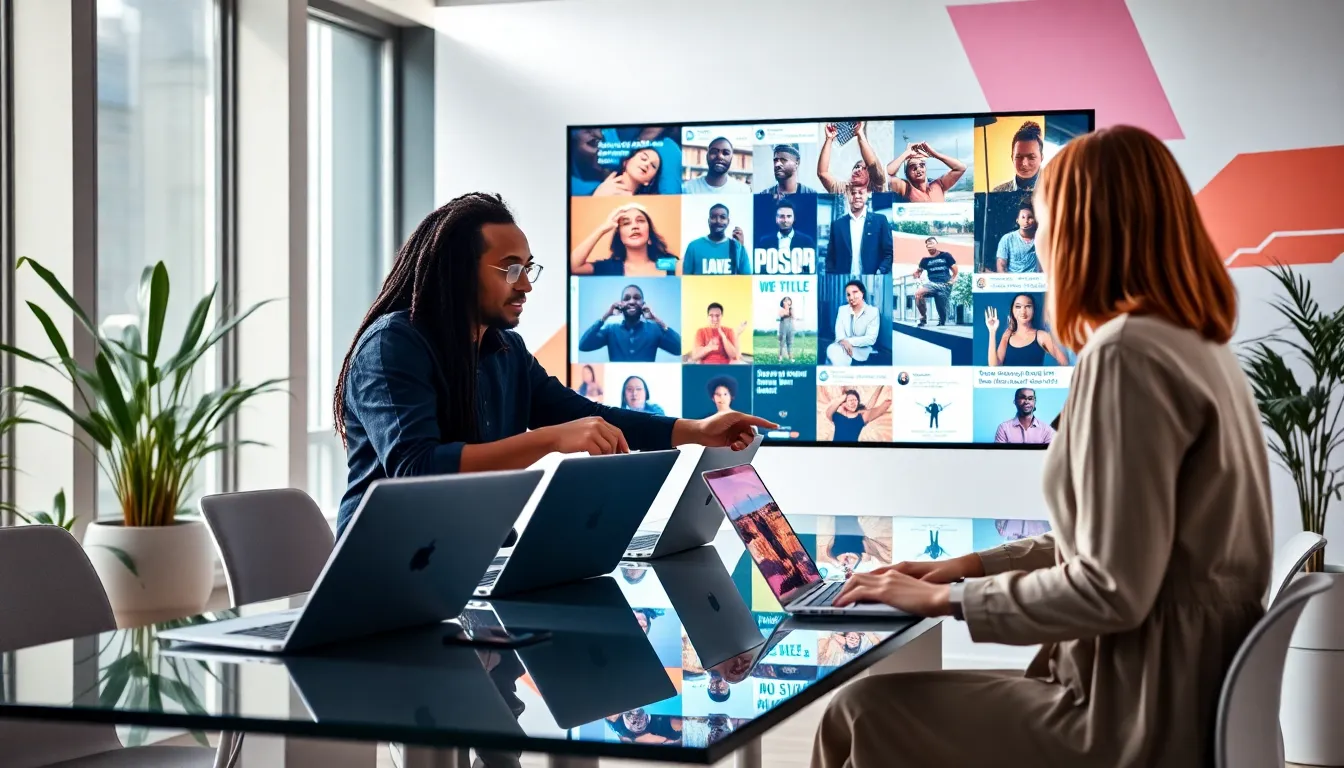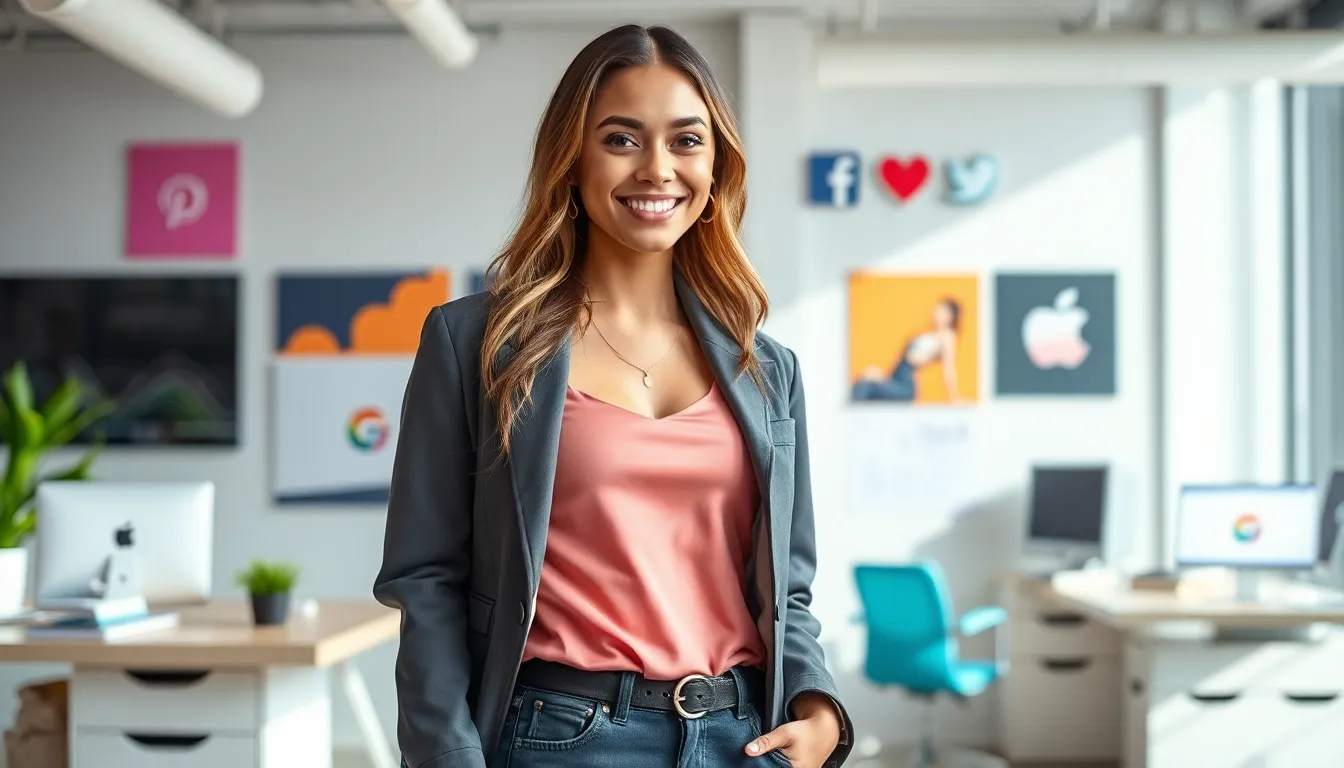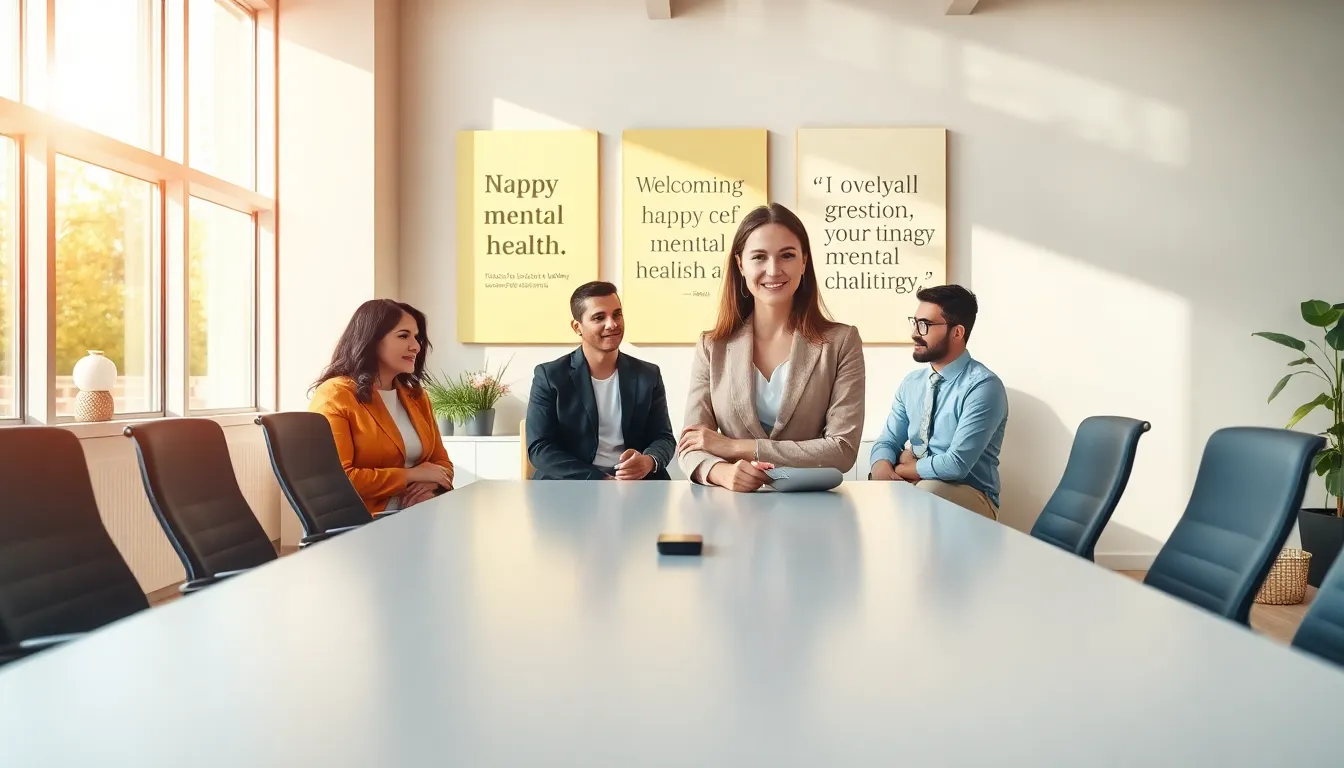In a world where a picture is worth a thousand likes, trending images hold a special superpower in the realm of visual culture. Have you ever wondered why some images go viral while others barely get a glance? It’s like trying to understand why your cat insists on sitting on the keyboard. There’s a mystery at play here, and we are about to unravel it. From social media’s influence to the types of images that capture attention, this deep jump into trending images will equip you with insights that even your cat might appreciate, if she could read, that is.
Table of Contents
ToggleUnderstanding Trending Images

Trending images are the snapshots of the moment, reflecting what captivates people’s attention across various platforms. They tell stories, spark conversations, and often, they make us laugh or think deeply. The visual zeitgeist is shaped by a combination of factors like societal events, seasonal changes, and even memes that seem to pop up out of nowhere. Understanding what qualifies as a trending image means looking beyond just aesthetics: it’s about the cultural relevance that each image carries.
These images often resonate with viewers on an emotional level, creating a shared experience that transcends geographical boundaries. For instance, an image from a protest can unify voices around an important cause, while a humorous meme can lighten the mood during tense times. So, what exactly does it take for an image to get on the ‘trending’ list? Let’s uncover that further.
The Role of Social Media in Image Trends
Social media platforms serve as the breeding ground for trending images. Instagram, Twitter, TikTok, and Facebook allow users to share, engage, and comment, creating a dynamic cycle where certain visuals ascend to fame. Photos that spark debate or provoke thought often gain traction faster. Think of that instant classic of a protestor standing resolutely against a sunset backdrop, how quickly did that image make rounds?
Influencers and celebrities significantly contribute, often giving everyday images a megaphone. When a celebrity posts a seemingly random image, it can elevate that picture from a personal moment to a cultural phenomenon. For example, that candid shot of a celebrity enjoying a simple moment can suddenly define a trend, influencing thousands. It’s a fascinating interplay of social influence, showcasing how interconnected our visual language has become.
Types of Trending Images
Trending images come in various forms, each conveying different messages and emotions.
Memes
Perhaps the most recognized type, memes combine humor with relatability, often making them the go-to for quick engagement. They allow users to synthesize complex ideas into bite-sized visuals, keeping us chuckling while reflecting on societal issues.
Informative Infographics
These images pack a lot of information into a visually appealing format. They often propagate news or research findings, effectively translating hard data into easier-to-digest formats.
Candid Photography
Photographs that capture genuine moments can sometimes outperform staged setups. When people can relate to an image, it becomes shareable. Think of heartfelt moments caught during a spontaneous gathering.
Design Trends
Graphic design also plays a role in trending images. Minimalistic designs, bold colors, or retro aesthetics can captivate audiences and push images into trending territory.
With all these formats floating around, it’s clear there’s no one-size-fits-all when it comes to trending images.
The Evolution of Image Trends
The way images trend has evolved drastically over the past few decades. In the early days of the internet, a simple picture could create a buzz, although it often depended on forums and rudimentary social platforms. Fast forward to the smartphone era, where high-quality images can be shared instantly, and suddenly, anyone with a device can influence trends.
As technology improved, so did the aesthetics of trending images. Filters and editing tools revolutionized the way images could be manipulated to convey moods and messages. The introduction of new platforms has further diversified the types of images that can trend. From Snapchat stories to Instagram reels, the possibilities for capturing and sharing moments are endless.
Trends now shift at lightning speed, often dictated by current events, social movements, and even viral challenges. This constant evolution reflects a society that is both visual and dynamic.
How to Identify and Create Trending Images
Identifying and creating trending images can feel mysterious, but several strategies assist in decoding this puzzle. First, keeping an eye on social media trends offers insight into what types of images are currently capturing attention.
Analyze Popular Platforms
Tools like Google Trends, Twitter’s trending topics, or Instagram’s Explore page can illustrate what visuals resonate with users. Engaging with these platforms reveals recurring themes or styles.
Engage with Your Audience
Direct feedback is invaluable. Polls or questions can gauge what your audience finds appealing. Understanding your community’s interests aids in creating images that reflect their experiences.
Embrace Authenticity
Originality always shines through. Unfiltered and authentic images tend to resonate more, as viewers appreciate genuine representation. Today’s audience craves relatable content over highly perfected visuals.
Test and Adapt
Experimenting with different styles and themes is key. If a certain image type doesn’t hit the mark, evolving through trial and error will pave the way for future successes.
The Impact of Trending Images on Society
Trending images wield tremendous influence over societal perceptions and cultural conversations. They can elevate important issues, raise awareness, and even ignite movements.
Consider the way an image from a political protest can galvanize action. It often becomes more than just a snapshot: it embodies a collective struggle, encouraging viewers to join the conversation or take action themselves. In contrast, a trending meme may serve to lighten the mood during trying times, creating a sense of shared experience and humor.
Besides, this visual culture shapes identities, especially among younger generations. With the constant sharing of images, youngsters curate their online personas, often based on trending aesthetics. So, trending images are not merely digital flotsam: they can legitimize narratives and shape collective consciousness.
The impact cannot be understated, the trending image today might lead societal change tomorrow.






